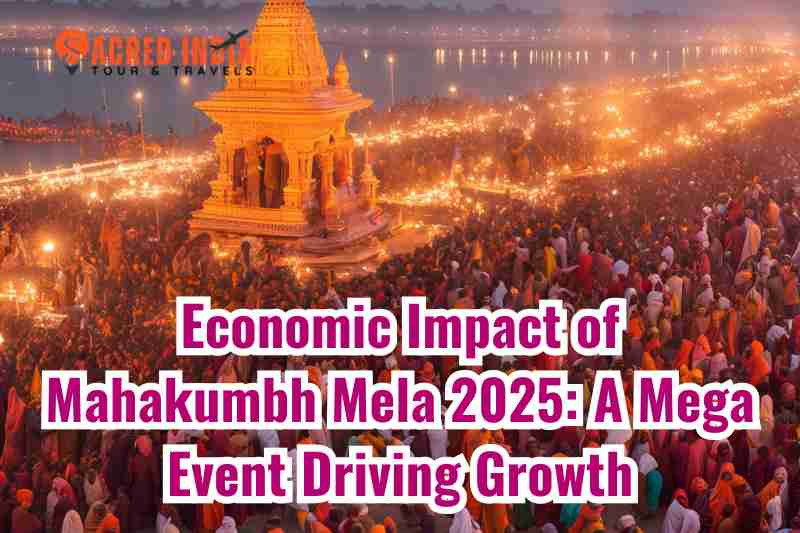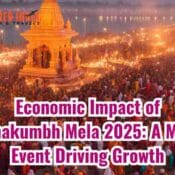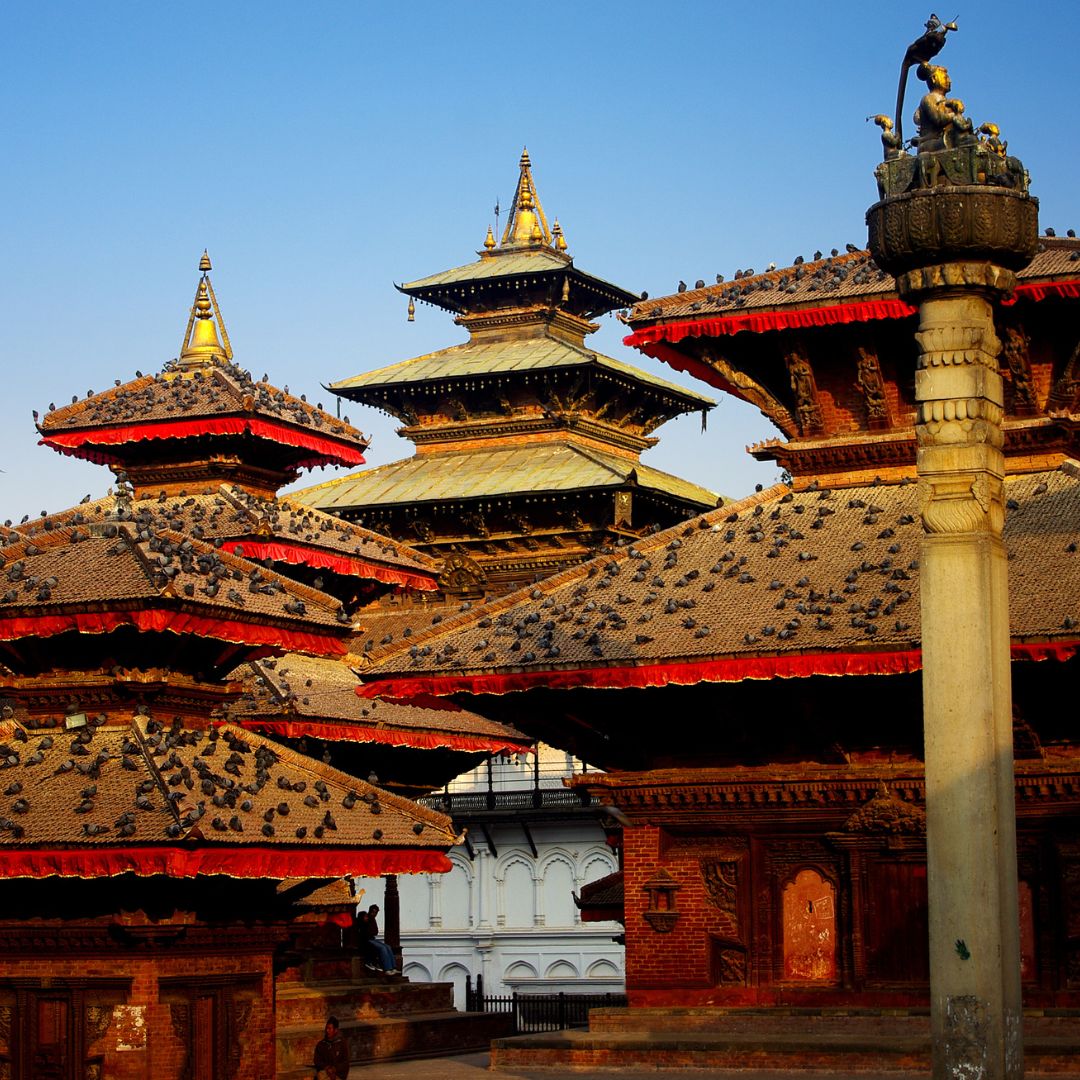
Maha Kumbh Mela 2025: How It Boosts India’s Economy
Economic Impact of Mahakumbh Mela 2025: A Mega Event Driving Growth
Famous as the largest religious gathering in the world, the Mahakumbh Mela is not just a spiritual event – it is an economic powerhouse. The 2025 Mahakumbh Mela in Prayagraj is expected to draw millions of pilgrims from India and abroad, generating significant economic activity. In this article, we examine how this iconic event stimulates local and national economies, creates jobs, and boosts various sectors.
Economic Contribution of Mahakumbh Mela
The Mahakumbh Mela impacts many aspects of the economy, from infrastructure development to tourism and trade. Below are the key areas of impact:
1. Tourism Boom
The Mahakumbh Mela witnesses a massive influx of domestic and international tourists, turning Prayagraj into a global hub during the duration of the event.
- Accommodation and Hospitality:
Hotels, guesthouses and temporary tent cities cater to the needs of lakhs of people. Luxury camps offering premium amenities also contribute to the high-end tourism sector. - Local attractions:
Tourists often extend their stay to visit nearby heritage sites, boosting the overall tourism industry in Uttar Pradesh and neighbouring regions.
2. Employment Generation
The Kumbh Mela creates innumerable employment opportunities, benefiting people of various skill levels and occupations.
- Temporary Jobs:
Positions in logistics, security, catering and sanitation are created specifically for the event. - Artisans and Vendors:
Local artisans, food vendors and small-scale entrepreneurs benefit from the increased demand for goods and services. - Cultural Artists:
Artists and performers performing traditional music, dance and drama get a platform, contributing to both cultural preservation and livelihoods.
3. Infrastructure Development
Preparations for the Maha Kumbh Mela require extensive infrastructure improvements, which will leave a lasting legacy for the region.
- Roads and Transport:
Improved road networks, flyovers and public transport systems improve connectivity. - Public Utilities:
Investments in water supply, sanitation and electricity create long-term benefits for the local population. - Digital Infrastructure:
Integration of smart technologies such as GPS-enabled navigation and online booking systems for pilgrims supports digital development.
4. Retail and trade
The sheer size of the event boosts retail and trade activities:
- Local markets:
Shops selling religious items, souvenirs and traditional clothing see a surge in business. - Food and beverage industry:
Temporary stalls offering local delicacies and refreshments cater to the needs of millions of visitors. - Health services:
Temporary clinics, pharmacies and medical teams ensure health and safety, contributing to the local healthcare economy.
5. Revenue for the government
The government collects revenue through various means during the Kumbh Mela:
- Tax revenue:
Increased business activity leads to higher collections from the Goods and Services Tax (GST) and other levies. - Tourism fees:
Fees from parking, permits and guided tours contribute directly to the state’s revenue.
Investments and Expenditures
Organising the Maha Kumbh Mela involves huge investments in planning and execution. However, these expenditures have a multiplier effect on the economy:
- Government financing:
Massive budgets are allocated for infrastructure, public safety and sanitation. - Private sector participation:
Private companies invest in branding, sponsorship and logistics, recognising the marketing potential of the event. - Foreign exchange earnings:
International visitors contribute to the foreign exchange reserves by spending on travel, accommodation and shopping. - Challenges in economic management
Despite its benefits, managing the economic aspects of the Maha Kumbh Mela is a complex task. The major challenges include:
- Congestion and resource allocation:
Managing millions of visitors requires careful planning to avoid strain on resources. - Waste Management:
The event generates a lot of waste, which requires eco-friendly solutions to reduce the impact on the environment. - Equitable Distribution of Benefits:
Ensuring that the economic benefits reach the marginalized sections of society remains a concern.
Technological Integration: A New Economic Driver
Mahakumbh Mela 2025 will incorporate advanced technologies, further enhancing its economic impact:
- Digital Payments:
Widespread adoption of cashless transactions simplifies business and increases transparency.
- E-tourism platforms:
Online portals for accommodation, guided tours and event information streamline the pilgrim experience and enhance accessibility.
- Geo-tagging and AI:
Technologies such as geo-tagging and artificial intelligence optimise crowd management, reduce costs and improve efficiency.
Case study: Economic impact of previous Kumbh Melas
The 2019 Kumbh Mela in Prayagraj served as a benchmark to understand the potential economic impact of the 2025 event. According to reports:
- The event generated economic activity worth about ₹1.2 lakh crore (about $16 billion).
- It created over 600,000 temporary jobs in sectors such as tourism, hospitality and logistics.
- Over 50 million tourists visited Uttar Pradesh, benefiting local businesses across the state.
The success of 2019 provides a blueprint for maximising the economic potential of the upcoming Maha Kumbh.
Long-term economic benefits
The Maha Kumbh Mela is a temporary event, but its economic benefits often have lasting effects:
- Regional development:
Enhanced infrastructure improves quality of life and attracts further investment. - Global recognition:
The event reinforces India’s image as a hub of spirituality and cultural tourism. - Skills development:
Training programmes for workers involved in the event contribute to human capital development.
The Maha Kumbh Mela 2025 is not only a spiritual celebration but also a landmark economic event. Its potential to spur growth across multiple sectors demonstrates the deep interconnectedness of faith and development. As preparations continue, the focus is on ensuring that the economic benefits are inclusive, sustainable and impactful.




